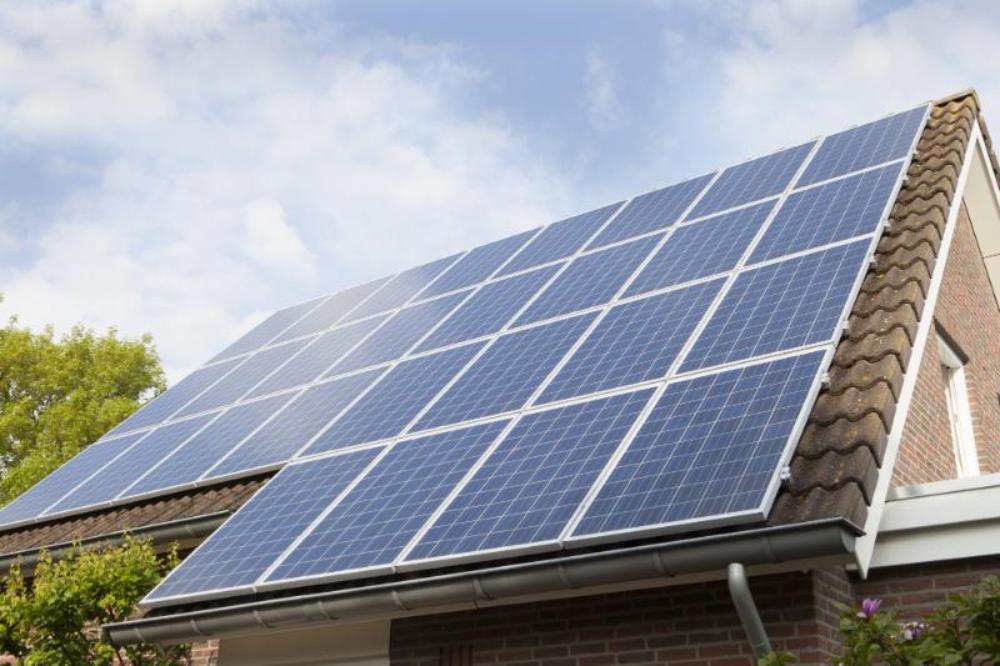Solar carries more than a green halo. For many buyers, lower electric bills, price certainty, and modern upgrades translate into stronger offers and a faster sale. Still, value uplift depends on ownership structure, system age, local power rates, and how well the benefits are communicated at listing.
What Buyers Value
Solar converts future utility savings into today’s appeal. Clear documentation of bill reductions, system size, warranty terms, and production history helps buyers quantify savings and feel confident about long‑term performance. Homes for sale with sleek, roof‑integrated arrays and tidy conduit runs also score higher on curb appeal.
Ownership Matters: Owned vs. Leased
Owned systems typically add more value because the asset is conveyed free and clear at closing. Leases or power purchase agreements can complicate deals with credit checks, transfer approvals, or buyout math, which may narrow the buyer pool. If a lease is in place, share the transfer steps and remaining term upfront.
Local Economics Drive the Premium
Where electricity rates are high and net metering is favorable, buyers place a bigger premium on solar. In regions with lower rates, the uplift can be modest unless the system is newer, sized well for usage, and paired with features like smart inverters or battery storage that improve resilience.
Appraisal and Listing Strategy
Treat solar like a major upgrade in the listing: include system size in kW, install date, brand, inverter type, and annual production. Provide 12 months of utility bills pre- and post-install if available. Appraisers can apply paired‑sales or income methods more readily when documentation is organized and verifiable.
Design and Condition Count
A well‑maintained array with recent service records, shade analysis, and a healthy inverter timeline reduces perceived risk. Roof condition is part of the value story; if shingles are near end of life, consider a roof tune‑up or disclose remaining life so buyers do not discount for an imminent re‑roof.
Taxes, Incentives, and Disclosures
Some jurisdictions offer property tax exemptions for solar, while others may adjust assessments over time. Summarize any active incentives, warranties, or SREC programs, and note transferability. Transparent, plain‑English disclosures help buyers price the upside without guessing.
How to Maximize Resale Impact
- Document everything: permits, plans, warranty terms, production reports, and service logs.
- Lead with savings: highlight average monthly bill reductions and projected lifetime output.
- Stage the tech: showcase a clean inverter wall, labeled breakers, and tidy wiring.
- Pair with efficiency: LED lighting, smart thermostats, and insulation upgrades amplify the story.
When Solar Adds the Most Value
- The system is owned, under strong warranty, and sized for household usage.
- Panels are newer, on a sound roof, with minimal shading and strong curb appeal.
- The market has high power rates, policy support, and buyer familiarity with solar.
Owned Systems Win
Do solar panels add value to your property? In many markets, yes, particularly with owned systems, solid documentation, and thoughtful presentation. Treat solar as both a financial upgrade and a lifestyle feature, and it can help listings stand out, compress days on market, and support firmer pricing.
Sell Smarter with NJLux
Thinking about listing a solar‑powered home or adding panels before selling? NJLux, led by top‑producing New Jersey realtor Joshua M. Baris, turns energy savings into market impact with precise pricing, standout media, and targeted buyer outreach.
Get a custom valuation that factors system age, ownership, and projected savings, plus a polished marketing plan that highlights your home’s solar story. Contact us to request a tailored strategy and timeline today.













